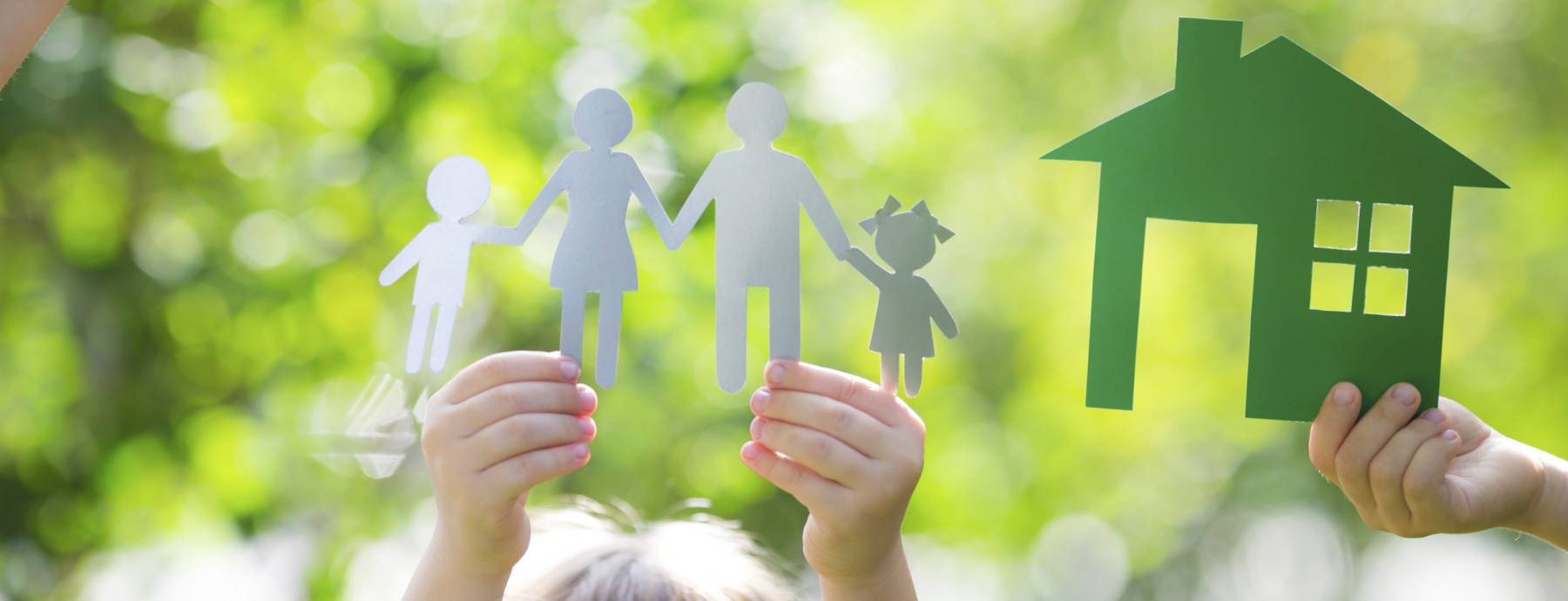Carbon monoxide is a potentially serious hazard that must be addressed to ensure healthy housing. Carbon monoxide poisoning can be fatal, and low levels of carbon monoxide can cause flu-like symptoms, headaches, dizziness, and make it difficult to think clearly.Thankfully, there are ways tenants, landlords, and homeowners can reduce the likelihood of hazardous carbon monoxide exposures.
- Properly maintain, ventilate, and check regularly all fuel-fired heating systems, water heaters, appliances, fireplaces, wood and coal stoves, and space heaters.
- Always ensure proper ventilation in any room where a fuel-burning appliance of any sort is in use.
- Do not use any gas appliances (i.e. range, stove) for home heating purposes.
- Do not burn any type of fuel in the home except firewood in an appropriately maintained and ventilated fireplace.
- Leave garage doors open while the car is running and limit the amount of time a running car is in the garage. (It is also important to note that carbon monoxide can build up inside the car itself while operating if there are leaks in the exhaust system.)
Carbon monoxide detectors can be another key part of protecting against carbon monoxide poisoning. The Consumer Product Safety Commission recommends placing carbon monoxide detectors on each level of the home and near all sleeping areas. Although the presence of a carbon monoxide detector can help identify problems, they should not be used in place of preventive efforts, nor should their silence be interpreted as unquestionable proof of the absence of carbon monoxide hazards. The U.S. Environmental Protection Agency (EPA) states that the technology of carbon monoxide detectors is still in development and that they are not generally considered as reliable when compared to current smoke detectors. In fact, in some laboratory tests, very high levels of carbon monoxide were not detected by properly installed units. Concerns have also been raised that these alarms do not sound until the level of carbon monoxide reaches very high levels. Despite these potential reservations, concerns, and questions, carbon monoxide detectors can be useful tools in assessing hazards in the home, but they should not be the only ones.
Even with precautionary measures, a situation involving high levels of carbon monoxide in the home may occur. Whether discovered by an individual experiencing symptoms or an active alarm, there are certain procedures to take if high levels of carbon monoxide are present.
- Immediately remove anyone who is experiencing symptoms from the environment and seek medical attention.
- Open windows and doors to ventilate the space, turn off any potential source of the carbon monoxide, and notify the landlord and/or fuel supplier.
- Arrange for the proper inspection of all fuel-fired systems, appliances, and fireplaces and further arrange for any necessary repairs.
Sources and Additional Information:
American Lung Association Fact Sheet: Carbon Monoxide – www.lungusa.org/site/pp.asp?c=dvLUK9O0E&b=35370
American Lung Association Health House – Carbon Monoxide Tipsheet –www.healthhouse.org/tipsheets/TS_CarbonMonoxide.pdf
EPA – Indoor Air Quality – www.epa.gov/iaq/co.html
EPA – Protect Your Family and Yourself from Carbon Monoxide Poisoning – www.epa.gov/iaq/pubs/coftsht.html


